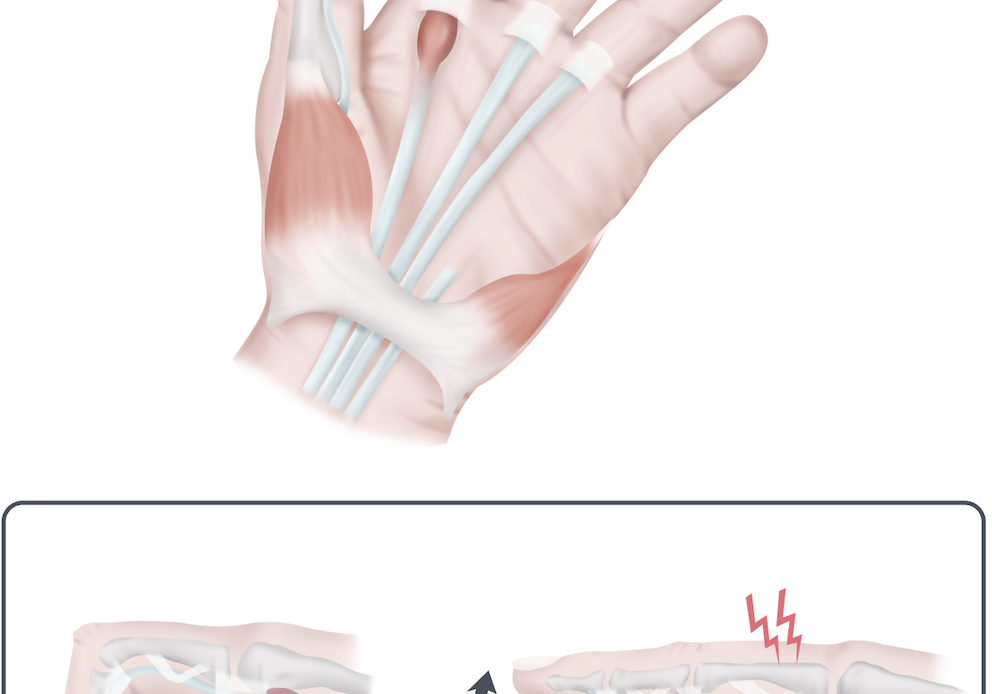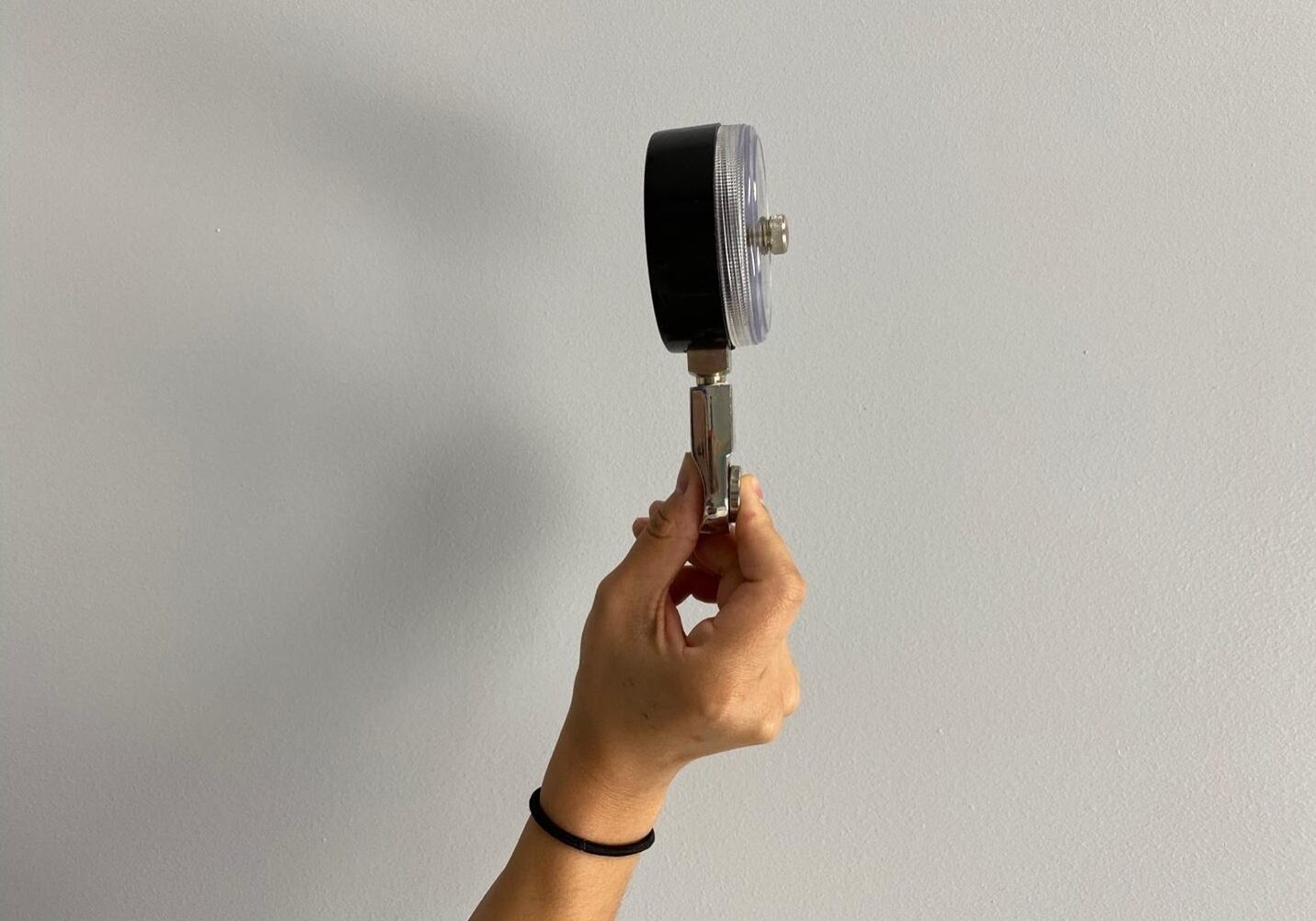Hand Therapy: Conservative Management of Pediatric Monteggia Fractures
Filed under Diagnoses
Conservative Management of Pediatric Monteggia Fractures
Monteggia fractures in children comprise approximately 2% of pediatric elbow fractures and involve a fracture of the proximal ulna with dislocation of the radial head (Fig. 1). The primary concern of Monteggia fractures includes the treatment (monteggia fracture treatment pediatric) and relocation of the radial head, because if left untreated it can lead to chronic elbow disability, progressive deformity, and loss of pronation/supination movement1.
Fig. 1. Pediatric Monteggia fracture showing a proximal ulnar shaft fracture and a proximal radial dislocation.
A study by Foran, et al., 2017 demonstrated that 83% of Monteggia fracture patients were successfully treated with conservative methods and did not require surgical intervention without compromising outcomes or increasing risk of complication. Typically, patients are immobilized either in a cast or custom thermoplastic long-arm orthotic for 4-6 weeks (Fig. 2).
Fig. 2. Custom thermoplastic long-arm/ Muenster orthotic to support forearm and block full elbow range of motion.
Patients are highly monitored throughout the first three weeks, as this is the time period when instability is most likely to occur. If there is adequate healing of the ulna between 4-6 weeks, the cast is removed and the patient transitioned to removable forearm orthotic, at which time, therapy is initiated1.
Special considerations to monitor for:
- Compartment syndrome
- Gradual decreasing range of motion:
- Tendon/nerve injuries
- Skin breakdown
- Risk of recurrent fractures up to 6-12 months
Therapeutic interventions:
- Mobility to wrist/forearm
- Range of motion to all joints involved in orthotic
- Ideas include: painting on vertical surface, playing cards, tossing magnetic darts, wrist maze, sport simulation (overhead tossing, dribbling, racket movements, etc.)
- Building endurance
- Grip/pinch/lift strengthening and weight bearing
- Ideas include: animal walks for weightbearing, wall push-ups against yoga ball,
- Desensitization
- Over fracture site or in fingertips after nerve injury
- Ideas include: sensation kit (small squares of various materials transitioning from smooth to rough: velvet/moleskin, foam, Velcro, netting, sandpaper, etc.)
- Neuromuscular ed-education
- Re-training of movement patterns for ADL’s that are compromised from fracture involvement
- Ideas include: tendon glides, nerve glides, NMES for muscle activation
- Orthotics to prevent joint contractures & promote functional positioning
- Orthotics to protect over fracture site and prevent re-fracture
- Dynamic orthotics to support muscles groups weakened by neuropraxia/ injury
1. Foran, I., Upasami, V.V., Wallace, C.D., Britt, E., Bastrom, T.P., Bomar, J.D., & Pennock, A.T. (2017). Acute pediatric monteggia fractures: A conservative approach to stabilization. Journal of Pediatric Orthopedics, 37(6), 335-341.
More To Read
All about kinesiology taping for upper extremity injuries and conditions!
All about kinesiology taping! Elastic is also known as k-tape, Kinesio-tape, and kinesiology taping. Elastic tape is all over the marketplace and is often seen on professional athletes. It can be found in most therapy clinics and is used to treat both orthopedic and neurological conditions. There are limited studies supporting the use of…
Read MoreWound Healing Complications in Diabetic Patients who have undergone a Carpal Tunnel or Trigger Finger Release
By: Amalia Garcia Gundlach, B. K., Robbins, C. B., Lawton, J. N., & Lien, J. R. (2021). Wound Healing Complications in Diabetic Patients Undergoing Carpal Tunnel and Trigger Finger Releases: A Retrospective Cohort Study. The Journal of Hand Surgery, S0363502321003014. https://doi.org/10.1016/j.jhsa.2021.05.009 The Skinny – carpal tunnel and diabetes In general, individuals with diabetes are more…
Read MoreArticle Review: Trapeziectomy and LRTI: What can patients with CMC osteoarthritis expect 12 months after the procedure?
Janakiramanan, N., Miles, O., Collon, S., Crammond, B., McCombe, D., & Tham, S. K. (2021). Functional Recovery Following Trapeziectomy and Ligament Reconstruction and Tendon Interposition (Trapeziectomy and LRTI): A Prospective Longitudinal Study. The Journal of hand surgery, S0363-5023(21)00304-X. Advance online publication. https://doi.org/10.1016/j.jhsa.2021.04.036 The skinny: Patients with trapeziometacarpal (TMC) osteoarthritis who are candidates for a trapeziectomy and…
Read MoreSign-up to Get Updates Straight to Your Inbox!
Sign up with us and we will send you regular blog posts on everything hand therapy, notices every time we upload new videos and tutorials, along with handout, protocols, and other useful information.





